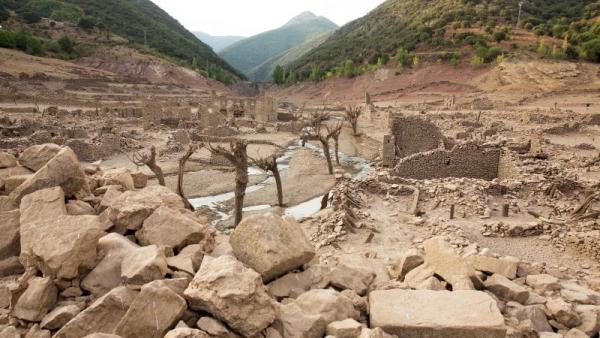Catalonia undergoing water restrictions as drought persists
23 Nov 2022 by The Water Diplomat

Barcelona and large parts of north-eastern Spain will undergo water restrictions as the drought which started this summer persists through November. Patricia Plaja, the spokesperson for the Catalan Government, announced that the measures will affect 6.7 million people, which amounts to 80% of the region’s population. In accordance with a Decree passed by the Catalonian government in 2007 - following a severe multiyear drought that commenced in 2004 – a drought management plan has been introduced that has four levels of water restrictions, of which the third level has now been activated. The measures include restrictions in the use of water for irrigation and for industrial purposes. The use of water for washing vehicles, the exterior of houses or the filling of swimming pools is also prohibited by the measures. The measures also apply to the city of Barcelona, making it the second Spanish city to apply water restrictions after Sevilla announced restrictions in September this year.
The reservoirs on the Ter and Lobregat rivers, on which Barcelona is heavily dependent, are currently at 35% of their full capacity. Barcelona has historically faced shortfalls between demand and supply, which have been solved each time by drawing water from further afield to supplement existing resources. While Barcelona was supplied predominantly from local catchments and groundwater until the early 1950’s, during the 1950’s the city obtained an increasingly large concession to use the surface waters of the Lobregat river, which was supplemented by a 100-km long aqueduct transferring water from the Ter River in 1966. In 2009 the Barcelona Sea Water Desalination Plant was inaugurated, producing 200,000 m³ of drinking water a day at the mouth of the Lobregat River and making this plant the largest desalination plant in Europe.
For the past thirty years, the temperature in Catalonia has been increasing at 0,15 degree every ten years and the region is expected to experience longer and more frequent droughts
